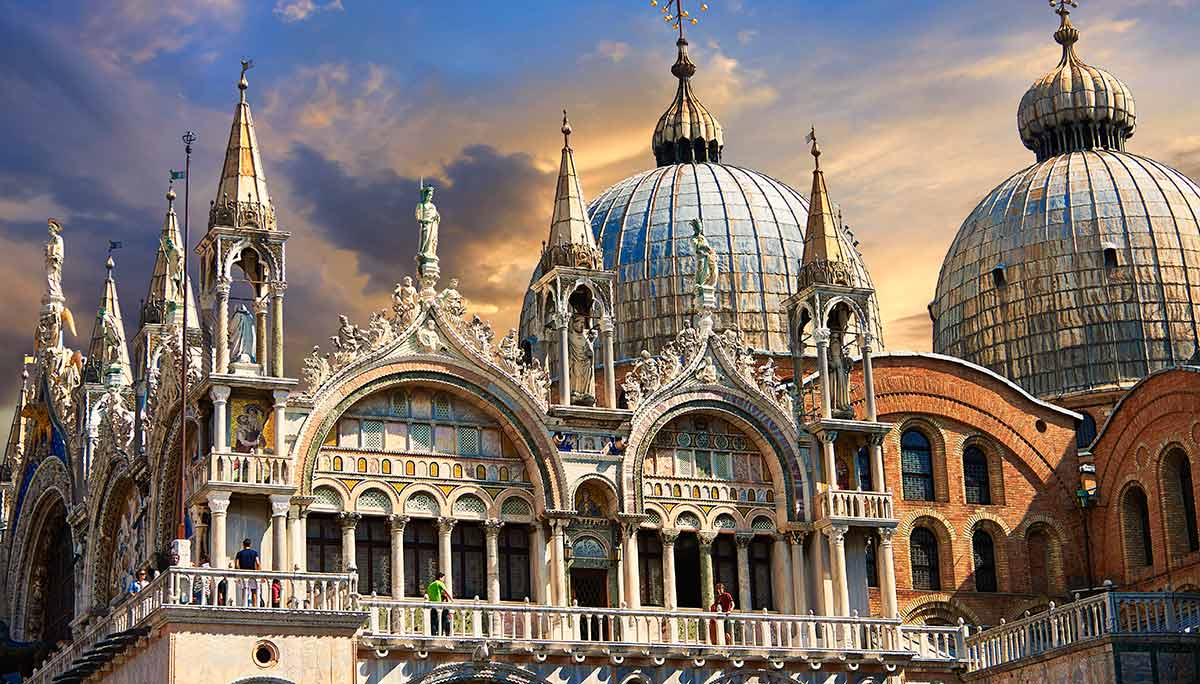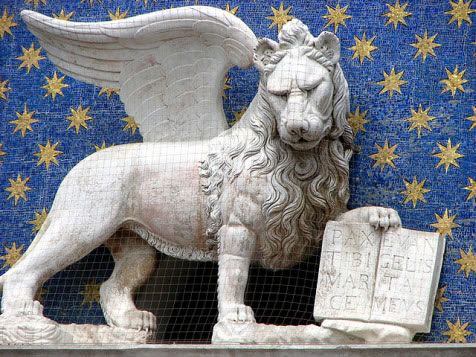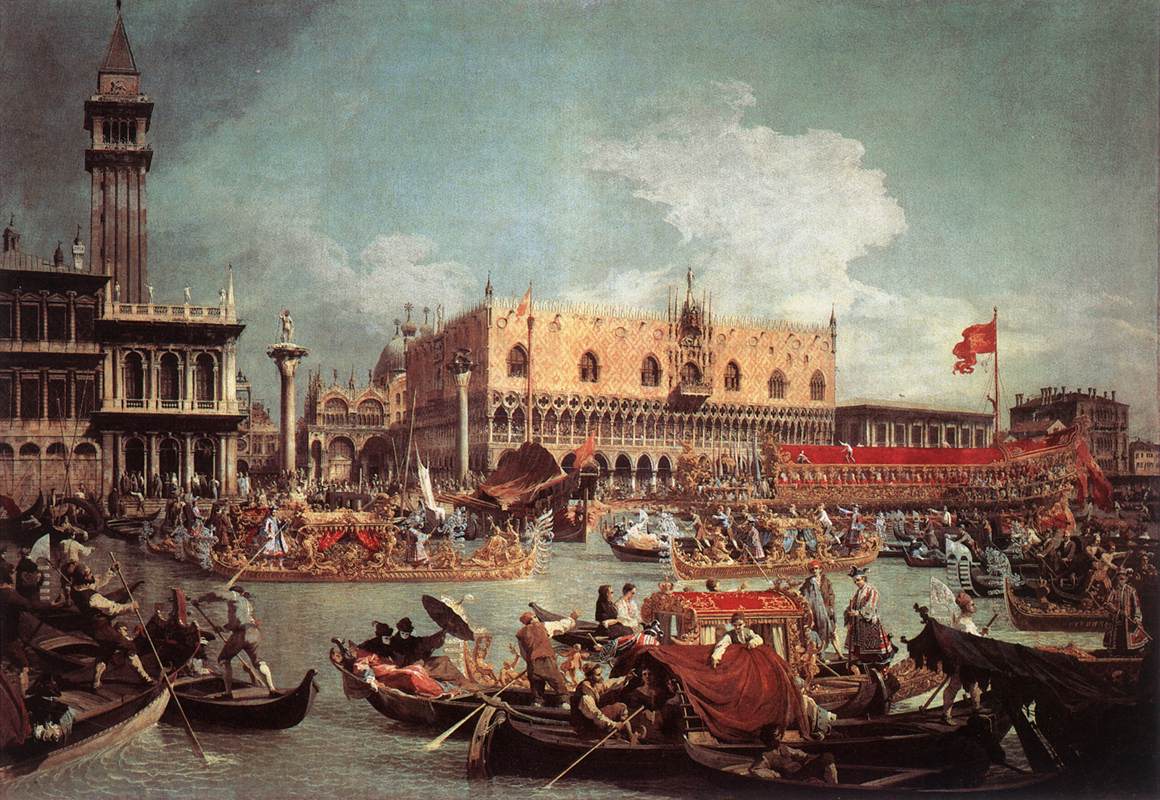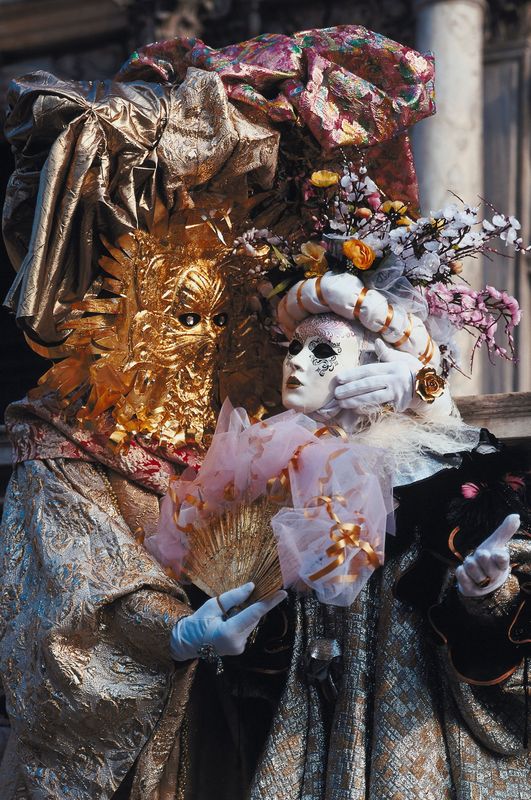Destination Venice
Romantic Venice is an island city: the centro storico or historic center is a tightly-integrated cluster of 118 small islands that are linked by more than 400 footbridges. (Every time you cross a canal, you're stepping onto another island.)The entire city center covers only about 1,800 acres which is a little more than twice the size of New York's Central Park.
The history of Venice begins around 400 A.D. The first people to settle in the Venetian Lagoon were men fleeing the nearby Italian mainland in the wake of the collapse of the Roman Empire. Barbarians were sweeping down from northern Europe, throwing communities into chaos. The populations of these towns sought refuge where their enemies could not follow them. And so began the history of Venice.
The geographical isolation of these early Venetians enabled them to enjoy an indepedence from the successive upheavals shaking Italy. Venetians enjoyed a wealth of fish and salt from the lagoon, giving them purchasing power.
Untouched by the papalist and imperialist warfare, feudalism and territorial squabbles; they fixed there attention towards the East and the rich markets of the Levantine and Constantinople. And so began the great mercantile empire of the Venetian Republic.
A city built from fear, was soon heralded as the most dazzlingly beautiful city in the world. While the Florentines were regarded as great thinkers, the Venetians should be regarded as great doers. For they alone conquered the malaria-ridden swamps to build a city from nothing. Venice was by far the most liberal and free state in Europe during the Middle ages.
During the 17th century Venice gradually lost power and influence. In the 18th century Venice was politically unimportant although the arts continued to flourish. Then in 1797 Napoleon dissolved the Republic of Venice. After his fall in 1815, Venice was handed to Austria.
Venice did not prosper under Austrian rule. In 1848 revolutions swept Europe and Venice rose in rebellion against the Austrians. Austrian forces bombarded the city and Venice was forced to surrender in August 1849. In 1866 the Austrians were defeated by the Prussians and Venice was allowed to join the new nation of Italy.
The architectural and artistic treasures to be found throughout the city of Venice reflect a continual process of enrichment through which the Venetians showed their great sense of nationalism at a time when the rest of Europe was in chaos.
![]()



